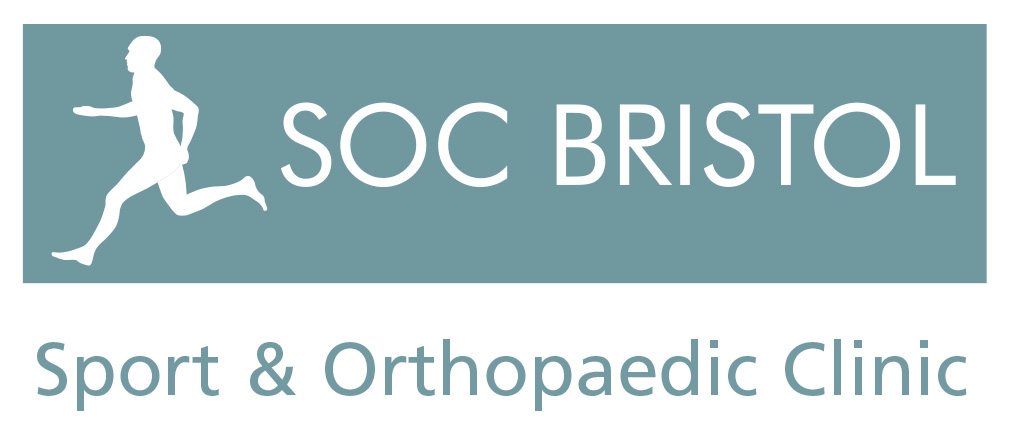Shoulder arthroscopy (keyhole surgery).
Introduction:
The Gleno-Humeral Joint (GHJ) is a ball and socket joint with a loose capsule (lining). This configuration allows the shoulder to have the greatest range of movement of any joint in the body. The joint can be inflated with water and a small arthroscope (camera) introduced into the shoulder through a 5mm incision to inspect the inside of the joint. Further small access incisions allow additional instruments to be passed into the joint and surgical procedures undertaken.
The arthroscope can also be used to view the structures outside the shoulder including the subacromial space.
The purpose of surgery:
Arthroscopy may be undertaken as a diagnostic procedure but is typically forms the basis of other procedures such as a subacromial decompression, rotator cuff repair and Bankart stabilisation.
Alternative Treatment options:
The diagnosis of shoulder problems is typically made on the basis of the history, examination and investigations. Most procedures that can be undertaken as an arthroscopic procedure can also be undertaken as an open procedure (eg: rotator cuff repair). There may be advantages and disadvantages to each technique. Occasionally an arthroscopic assessment will be undertaken before a decision is made to undertake an open procedure such as a bony stabilisation or Latrjet.
Anaesthetic:
The surgery is typically undertaken with the patient asleep with a nerve block to provide additional pain relief if further procedures are considered likely.
Incision:
The procedure is usually carried out through 2 or 3 small (5mm) incisions. These incisions do not normally require sutures or stitches. Steri-StripsTM are normally used to close the wounds and these are covered by an OpsiteTM dressing. These dressings may in turn be covered by a large padded dressing immediately following the operation. This padded dressing is removed prior to being discharged home.
Rehbailitation:
Following the surgery no immobilisation is required although a sling may be given for comfort for the first 24 hours or so. A sling may also be helpful as the arm may remain numb for 24-36 hours following the nerve block.
Risks associated with the operation:
All operations are associated with a degree of risk but complications associated with an Arthroscopy are rare.
Infection (<1%)
Anaesthetic Risks (Anaestheic complications are rare but include Heart Attack (Myocardial Infarction, MI), Stroke (Cerbero-Vascular Accident, CVA) and a clot in the leg (Deep Vein Thrombosis, DVT) or lungs (Pulmonary Embolus, PE).
Damage to nerve or blood vessels (Neuro-Vascular Damage).
Stiffness. There is a small risk of developing a stiff or frozen shoulder after the surgery. This should get better on its own but does occasionally require treatment.
Further surgery (Re-operation)

